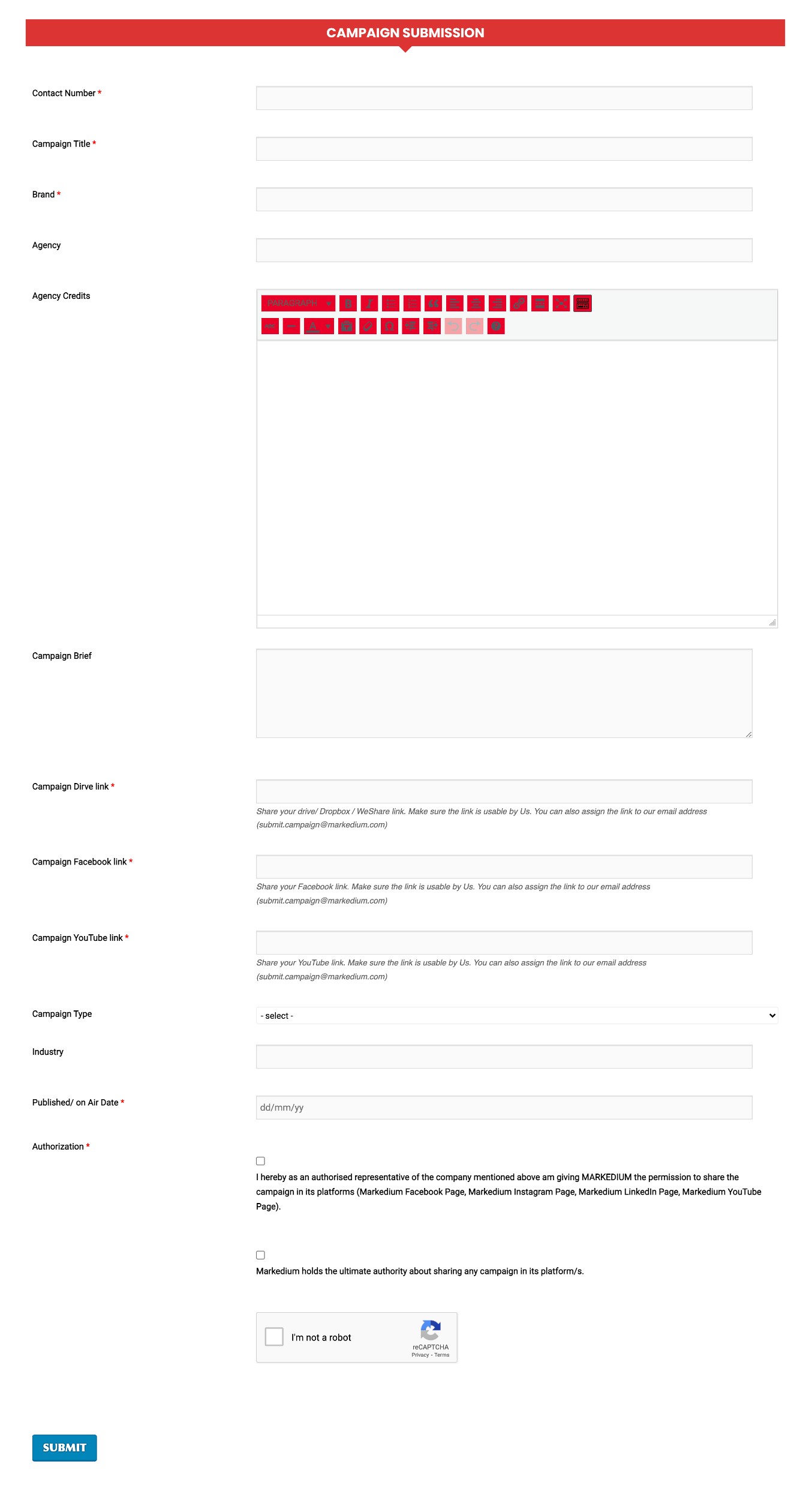
How Deepfake Technology Works4 min read
As the inclusion of deepfake technology turns out to be more pervasive, it’s sensible to think about how these videos even work. Progressions in motion capturing and facial recognition over the previous decade have been faltering – and frightening. What used to be restricted to just the most very much subsidized PC researchers and film studios is presently an apparatus in the possession of satire outlets and state-run media.
By definition, deepfakes are videos in which an individual’s face, as well as voice, are supplanted with other persons by an AI. The underlying technology can replace faces, manipulate facial expressions, synthesize faces, and synthesize speech. These tools are used most often to depict people saying or doing something they never said or did.
Read more: Smart Crop | Latest Feature From Facebook To Simplify Video Editing
The basic technology and AI measures rose to prominence in the mid-’90s, developing from a field of academic research. The actual term, a mix of the words “deep learning” and “fake”, started on Reddit in 2017. After a questionable spell as an approach to creating pornographic videos on Reddit, deepfakes arose as a wellspring of amusement on the web and an alarming token of the perils of the web.
How Deepfake Works
The way toward making a deepfake has changed as different apps and free software advance into the public space, yet the hidden idea of the more intricate deepfake videos follow similar standards. There’s normally an autoencoder and a generative adversarial network (GAN). In incredibly straightforward terms, the autoencoder is a computer’s method of seeing a face and choosing every one of the manners in which it can “animate”. It measures how that face would flicker, grin, smile, etc. The GAN is a framework through which the pictures from the autoencoder are contrasted with genuine pictures of the designated individual. It will dismiss incorrect pictures, making more endeavors be created, and the cycle proceeds inconclusively, creeping toward an “awesome” diversion of the individual. In summation: a robot makes a picture of an individual’s facial articulations, another advises it if the articulations look phony, and they contend until every one of the pictures is almost perfect to the eyes.
You can read about GAN more here.
What Is a Shallowfake?
Shallowfakes are videos manipulated using basic editing tools, such as using speed effects, to show something fake. Basically, some shallowfake videos cause their subjects to appear to be disabled when they are eased back down or excessively forceful whenever accelerated. An illustration of a mainstream shallowfake is the Nancy Pelosi video that was eased back down to make her look drunk.
What are the Dangers of Such Technologies?
For the present, the curiosity of deepfake videos makes them intriguing and amusing to watch. However, hiding underneath the outside of this apparently entertaining technology is a risk that could turn crazy.
Read More: Starbucks: Just A Coffee Shop or A Global Bank?
Deepfake technology is advancing to a point where it will no doubt be hard to distinguish counterfeit videos from genuine ones. This could have deplorable outcomes, particularly for public figures and VIPs. Vocations and lives might be undermined and surprisingly destroyed altogether by pernicious deepfakes. Individuals with disagreeable aims could utilize these to imitate individuals and adventure their companions, families, and partners. They can even utilize counterfeit videos of world pioneers to begin global episodes and even conflicts.
The way technology is evolving each day, we quite sure that the last deepfake you have seen is not certainly your last one. We are going to experience numerous numbers of deepfakes or shallowfakes in the coming days. We just hope and count on the other side of the tech world where we will be able to find a way to identify the hazardous deepfakes to have a balanced world.
For more updates, be with Markedium.


